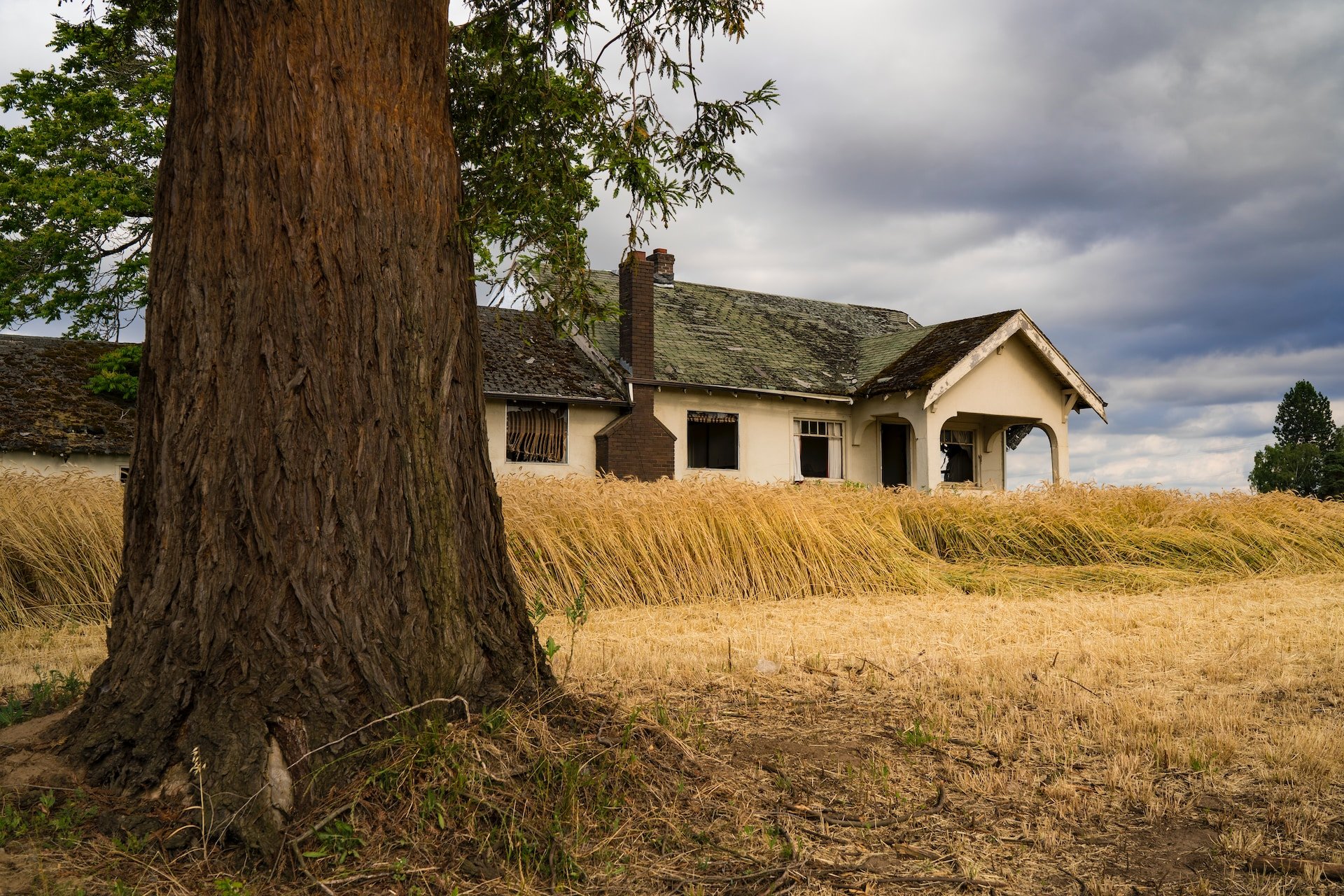When it comes to buying a home, the options are as diverse as the people seeking them. One option that often appeals to those with a penchant for character and history is purchasing an old house. Old houses exude charm and unique character that new builds can seldom replicate. However, along with their undeniable appeal, they come with their own set of challenges and considerations. In this blog, we’ll explore the upsides and downsides of purchasing an old house to help you make an informed decision.
Upsides of Purchasing an Old House:
Historic Charm: Old houses often boast architectural details and craftsmanship that reflect the eras in which they were built. You’ll find intricate moldings, hardwood floors, and classic designs that exude timeless appeal.
Unique Character: Each old house has a story to tell, and it’s not uncommon to find homes with quirks and features that make them truly one-of-a-kind. From hidden nooks to vintage fireplaces, these features can be captivating.
Established Neighborhoods: Old houses are typically located in well-established neighborhoods with mature trees and a sense of community that may not be as prevalent in newer developments.
Potential for Value Appreciation: If properly maintained, an old house can appreciate in value over time, especially if it’s located in a desirable neighborhood.
Green Building Materials: Older homes may have been constructed with durable, long-lasting materials that were commonly used in the past, contributing to sustainability and environmental consciousness.
Downsides of Purchasing an Old House:
Maintenance and Repairs: Old houses require ongoing maintenance and may have outdated systems that need to be upgraded or replaced. Plumbing, electrical, and heating systems can be costly to modernize.
Higher Energy Costs: Older homes often lack the energy-efficient features found in newer constructions. This can lead to higher utility bills and a larger carbon footprint.
Unforeseen Issues: Due to their age, old houses may have hidden problems such as lead paint, asbestos, or structural issues that can be expensive to address.
Limited Amenities: Older homes may not have the amenities and conveniences that modern homeowners expect, such as walk-in closets, open floor plans, or spacious bathrooms.
Zoning and Restrictions: Depending on local regulations and historical preservation requirements, you may face limitations on renovations and alterations to the property.
Making an Informed Decision:
When considering the purchase of an old house, it’s essential to take a few key steps:
Thorough Inspection: Have the property professionally inspected to uncover any hidden issues. This can help you understand the potential costs of necessary repairs.
Budget Wisely: Budget not only for the purchase price but also for renovation and maintenance costs. Ensure you have a financial cushion for unexpected expenses.
Prioritize Updates: Decide which updates are essential for your comfort and safety. Consider modernizing systems like plumbing and electrical to meet current standards.
Research Local Regulations: Understand the zoning laws and historical preservation regulations in your area to ensure your renovation plans align with the rules.
Seek Professional Guidance: Consult with a real estate agent and a contractor experienced in renovating older homes. They can provide valuable insights and guide you through the process.
Old houses possess a unique charm that’s hard to resist, but they also come with their own set of challenges. If you’re considering purchasing an old house, it’s essential to weigh the upsides and downsides carefully. To explore your options further or to find an old house that fits your vision, get in touch with our experienced real estate professionals today.

